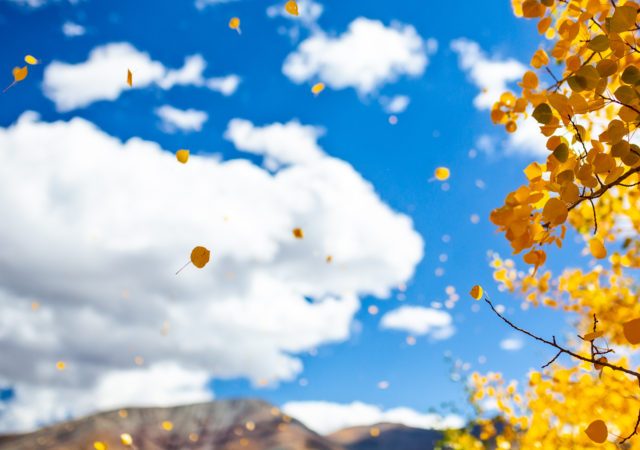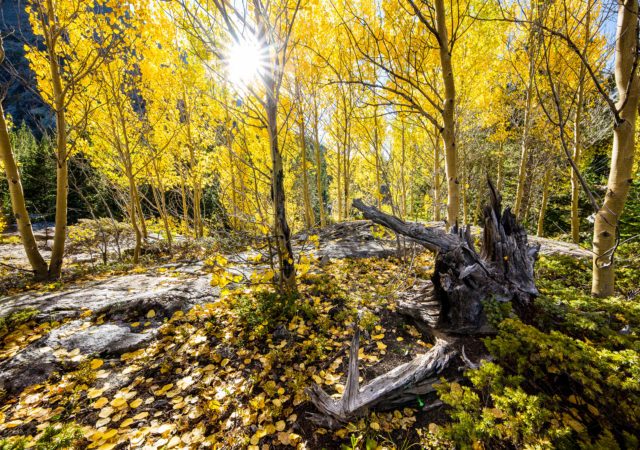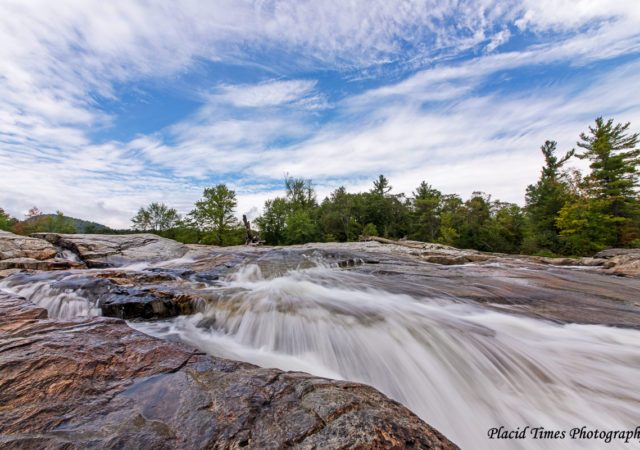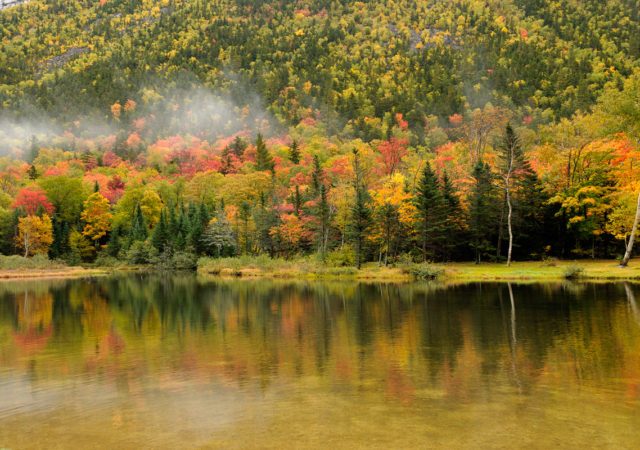Great tips for Fall Foliage Photography from Sigma Pro Liam Doran!
Peak Fall Foliage Photography Tips
Sigma Pro Liam Doran shares tips for Fall Foliage Photography in the Colorado Rockies. A circular Polarizer and a variety of Sigma lenses is a must to take advantage of Nature’s autumnal displays.
Adirondack landscapes with Sigma lenses
By John DiGiacomo This year while photographing fall foliage in New York’s Adirondack State Park, I added two versatile Sigma lenses to my arsenal: The Sigma 24-105mm F4 DG Art lens and the Sigma 12-24mm F4.5-5.6 II DG lens. This…
Sigma 24-35mm F2 DG HSM | A in the field
By Stan Trzoniec As an outdoor writer / photographer working for close to a dozen monthly publications and books, I’m always looking for new equipment to do my job better. One of the newer items to cross my path is…
Chasing Fall Color with the Sigma 18-35mm F1.8 DC HSM | Art Lens
Exploring the world through the Sigma 18-35mm F1.8 DC HSM | Art lens on the hunt for varying colors and textures, and levels sharpness and blur can create images that are at once new, and yet instantly recognizable. Close-up focusing on a pumpkin, for example, gives a shallow slice of sharpness, and lovely focus fall-off in a composition that’s pure seasonal color. And a single turning leaf backlit by the sun tells the story of autumn in a very different way than a sweeping vista of an entire hillside.




